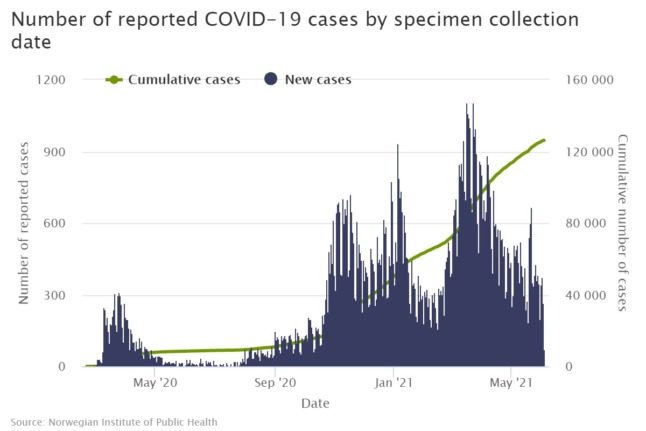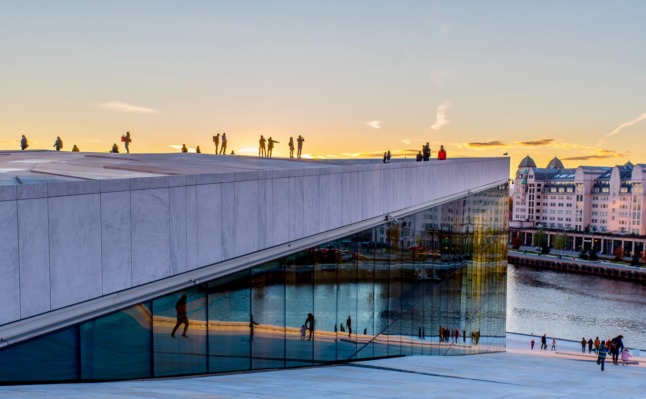Norway unveils plans to offer Johnson & Johnson vaccine to volunteers
Norway will offer the Johnson & Johnson coronavirus vaccine to volunteers from June 15th, the government announced on Wednesday.
This is despite various health authorities in the Nordic country advising the government that the risks outweigh the benefits.
Strict conditions, including a medical consultation, will apply to anybody who wants to be vaccinated with the single-dose vaccine.
Only certain people will be eligible for the vaccine, including those who need to travel to countries with high levels of infection, those who – for various reasons – are unable to wait their turn to be vaccinated, and those who have loved ones suffering from severe forms of cancer.
Doctors will have the final say on who will receive the jab voluntarily.
“The patient has the right to weigh in on the decision but cannot demand to receive the vaccine. Doctors will have the final say,” Health Minister Bent Høie told reporters at a press conference.
Neighbouring Denmark offers both Johnson & Johnson and AstraZeneca, which Norway dropped entirely in May, to volunteers.
Face masks and WFH to continue in Oslo well into the summer
Oslo will not be dropping face mask requirements or the advice for its citizens to work from home anytime soon, the capital’s executive mayor has said.
“Face masks and the home office are some of the very last things we will change,” Executive Mayor of Oslo Raymond Johansen told newspaper Aftenposten.
On Tuesday, Oslo announced that it was extending current coronavirus measures until June 18th after cases rose by 87 percent last week.
READ MORE: Oslo extends coronavirus measures after cases rise by 87 percent
The city is currently on step two of its five-step plan to reopen and lift measures.
First-time buyers can afford fewer than one percent of homes in Oslo
Just under one percent of property in Oslo is within the reach of first-time buyers, according to a new report from The Co-operative Housing Federation of Norway (NBBL).
“The numbers are now so serious that the alarm bells should ring,” Bård Folke Fredrikson from NBBL told financial paper E24.
READ ALSO: Property in Norway: What to expect if you’re buying a home in Oslo
In 2010, 39 percent of first-time buyers could afford to get on the property ladder in Oslo, compared to just 0.9 percent today.
Highest number of drug overdoses for 20 years
There were 324 drug overdose-related deaths in Norway last year, the highest number of overdoses since 2001.
Pandemic restrictions and more potent heroin may be among the explanations, the Norwegian Institute of Public Health has said.
“There is a particularly large increase in deaths as a result of opioids, such as morphine, codeine and heroin,” senior researcher from the NIPH drug and tobacco department, Linn Gjersing, outlined in a report.
212 new Covid infections
On Wednesday, 212 new coronavirus cases were registered in Norway, a decrease of 28 compared to the seven-day average of 240.
In Oslo, 61 new cases of infection were registered, 16 fewer cases than the seven-day average for the capital.
The R-number or reproduction rate in Norway is currently 0.9. This means that every ten people that are infected will, on average, only infect another nine people, indicating that the infection level is declining.




 Please whitelist us to continue reading.
Please whitelist us to continue reading.
Member comments